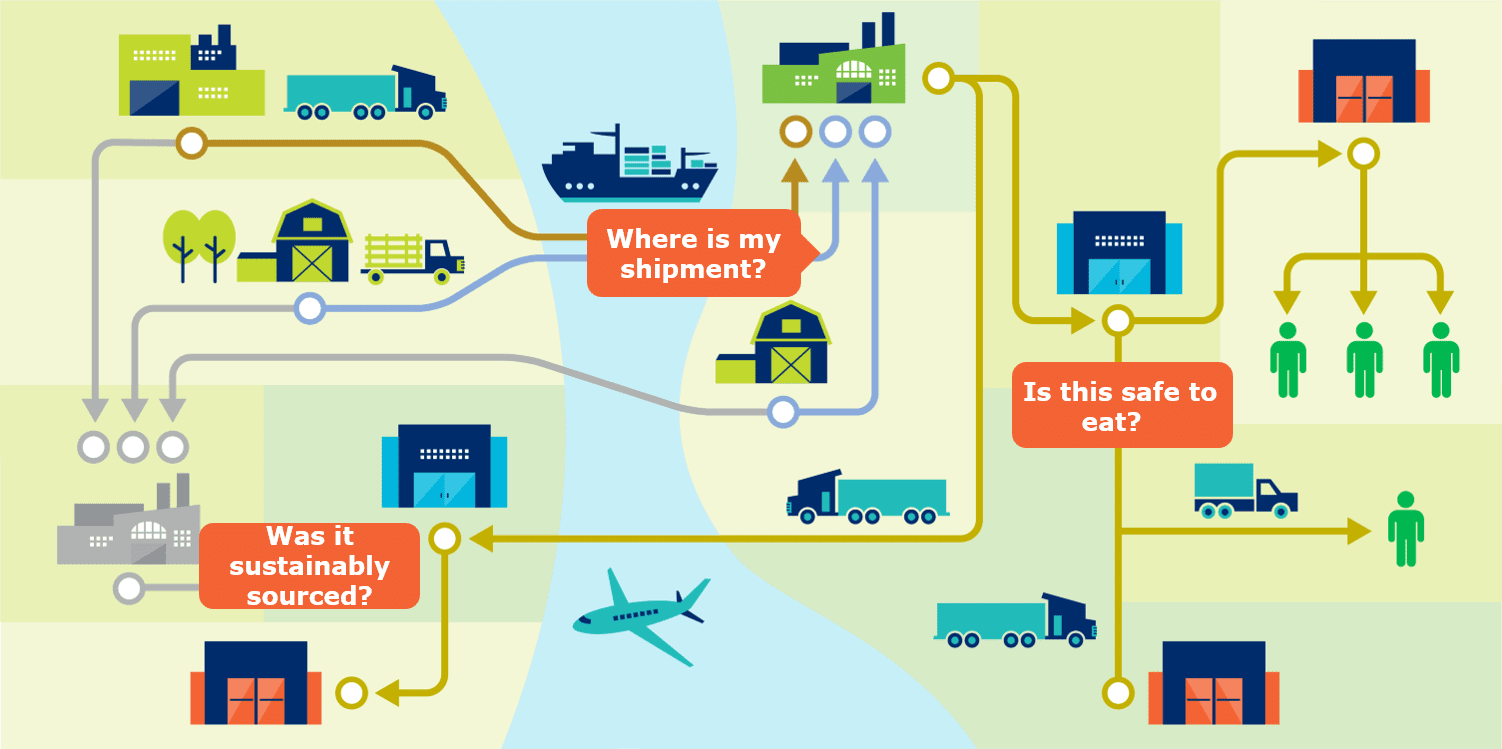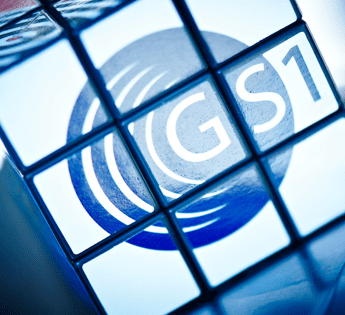GS1 Traceability
GS1 standards are the global common language for traceability solutions. GS1 standards are used globally by more than one million companies.
GS1 provides the global framework and local implementation services in 115 countries to ensure that traceability systems are interoperable and scalable, where trading partners can easily collaborate and share information across the entire chain.
GS1 Traceability
Benefits

GS1 Offer
GS1 provides the global and common language for traceability solutions and the ecosystem for its implementation. GS1 makes the industry vision operational and scalable through collaborations and community development, registries about products and places, capacity building and local implementation services in 115 countries.
Collaboration
Collaboration is an effective and efficient way to engage industries in developing and evolving global standards. Collaboration at a global scale ensures that standards that support traceability work for everyone, and not simply a select few in any one region or sector.

End Users
GS1 operates in 115 countries and collaborates with industry end users of all types and sizes:
- Retailers across all industries
- Fresh Foods, Foodservice and Consumer Packaged Goods Companies
- Healthcare Manufacturers, Distributors, and Providers
- Apparel and General Merchandise Companies
- Transport and Logistics Companies
- Construction and Rail companies
Solution Providers
Solution providers offer software and hardware solutions to accomplish traceability. GS1 collaborates with companies who design, develop and deploy traceability solutions with intent to enable effective adoption of standards resulting in greater interoperability across trading partners.
Other Stakeholders
GS1 maintains strong partnerships and collaborations with academic institutions, NGOs and industry associations. GS1 is neutral, technology agnostic and not-for-profit, which also enables collaborations with other industry organisations, such as ISO, CGF, and governments and regulatory bodies.
GS1 Member Organisations Collaborations with Industry
GS1 works directly with you and your suppliers, trading partners and customers to support traceability implementation and enhancements through our broad Member Organisation network. Our Member Organisations operate from 114 countries around the globe and interact directly with solution providers and users to educate on standards and support implementations.
GS1 Traceability Standards
GS1 Global Traceability Standard (GTS2)
GTS2 introduces two key concepts for interoperable traceability : 1) Critical Tracking Events (CTEs), these are the actual events, such as receiving, packing, shipping, transporting, that occur to the traceable object during its lifecycle, and 2) Key Data Elements (KDEs), these are the elements of data that describe the actual instances of the CTEs.
Global Trade Item Number® (GTIN) and Global Location Number (GLN)
GS1 identification standards uniquely identify the objects that are moving throughout supply chains and the locations to which and from which they travel. Identification keys enable the connection of physical and information flows within a trading partner’s processes as well as across different trading partners’ processes.

